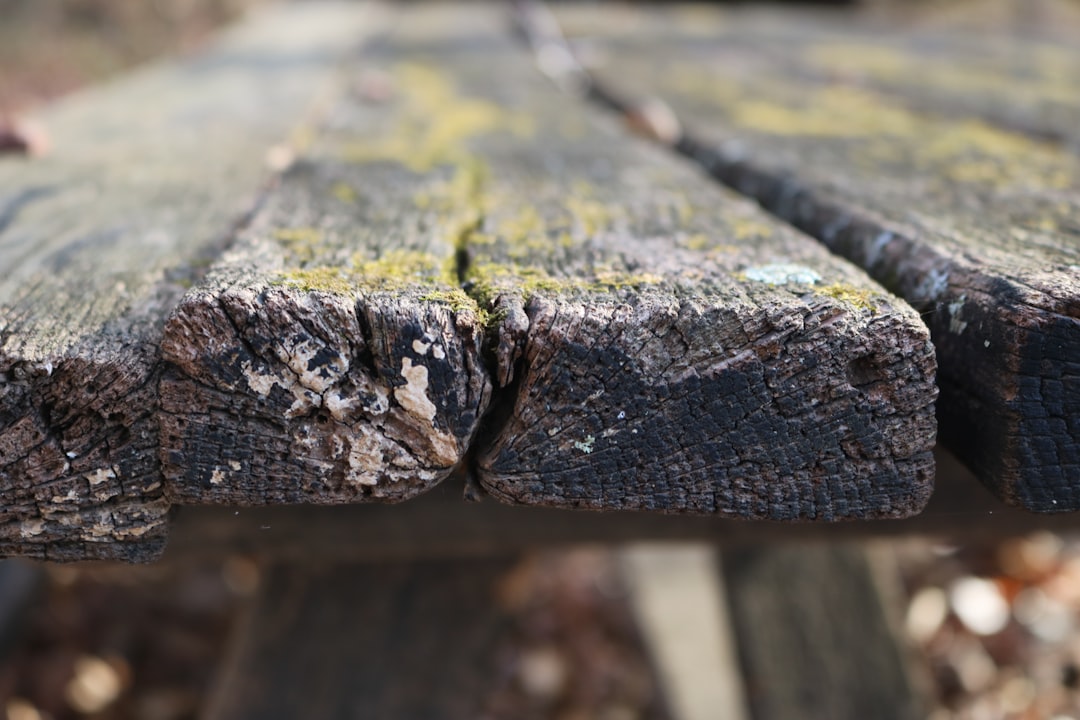body {
font-family: sans-serif;
line-height: 1.6;
}
h1, h2, h3 {
color: #333;
}
h1 {
font-size: 2.5em;
}
h2 {
font-size: 2em;
}
h3 {
font-size: 1.5em;
}
Construction nails are seemingly simple components, yet their quality and proper selection significantly impact the structural integrity and longevity of any building project. From framing a house to building a deck, choosing the right nail ensures a secure and lasting bond. This comprehensive guide delves into the world of construction nails, exploring the standards that govern their production and the factors determining their durability.
Understanding Construction Nail Standards
Several organizations define standards for construction nails, ensuring consistency in size, material, and performance. The most prominent include the American Society for Testing and Materials (ASTM) and the International Organization for Standardization (ISO). These standards specify dimensions (length, diameter, head type), material composition (typically steel, sometimes galvanized or coated), and performance characteristics such as tensile strength and holding power. ASTM standards, for example, often categorize nails by their intended application, such as common nails, box nails, finishing nails, and roofing nails, each with its own specific dimensional and performance requirements. Understanding these standards is crucial for selecting the appropriate nail for a given task, ensuring the project meets safety and code requirements.
The Role of Material and Coatings in Nail Durability
The durability of a construction nail hinges significantly on its material and any protective coatings applied. Common nails are typically made from bright steel, which offers good strength but is susceptible to corrosion, especially in exterior applications or damp environments. Galvanized nails, coated with zinc, offer superior corrosion resistance, making them ideal for outdoor projects and applications where moisture is a concern. Other coatings, such as stainless steel or specialized polymer coatings, provide even greater protection against rust and degradation, extending the nail’s lifespan considerably. The type of coating significantly impacts the overall cost, but the long-term benefits often outweigh the initial expense, especially in critical structural applications.
Different Types of Construction Nails and Their Applications
The construction nail market offers a wide array of types, each designed for specific applications. Common nails, known for their versatility, are used in general carpentry. Finishing nails have smaller heads, ideal for applications where a less visible fastener is needed. Box nails, with their slightly larger heads, are suited for heavier-duty work and are often used in crates and boxes. Roofing nails, with their large heads and often barbed shanks, provide excellent holding power in roofing materials. Drywall nails, with their thin shanks and smaller heads, are designed for drywall applications. Understanding the nuances of each type is crucial for selecting the right nail for the job, ensuring optimal performance and avoiding potential structural weaknesses.
Factors Affecting Nail Holding Power and Longevity
Several factors influence the holding power and longevity of construction nails. The type of wood is crucial; harder woods require stronger nails or a greater number of nails for the same level of holding power. The angle at which the nail is driven impacts its holding power; a straight drive is generally superior to angled driving. The condition of the wood also matters; damp or rotten wood offers significantly less holding power than dry, sound wood. Proper nail placement, avoiding knots and other imperfections in the wood, is essential for optimal performance. Finally, the use of a nail gun versus manual hammering can influence holding power, with nail guns often providing more consistent and deeper penetration.
Selecting the Right Nail for Your Project: A Practical Guide
Choosing the right construction nail requires considering several factors. First, identify the application: framing, finishing, roofing, etc. Then, determine the type of wood and its condition. Consider the required holding power and the desired level of corrosion resistance. Consult relevant building codes and standards to ensure compliance. Finally, choose a reputable manufacturer known for producing high-quality nails that meet or exceed industry standards. Don’t hesitate to consult with experienced carpenters or construction professionals for guidance on selecting the appropriate nails for your specific project. Investing in high-quality nails can save time, money, and prevent potential structural failures in the long run.
By understanding the standards, materials, and applications of construction nails, you can ensure the structural integrity and longevity of your projects. Choosing the right nail isn’t just about saving money; it’s about ensuring safety and quality craftsmanship.
SEO-Friendly Tags:
- Construction nails
- Nail standards
- Nail durability
- Construction nail types
- Choosing construction nails




